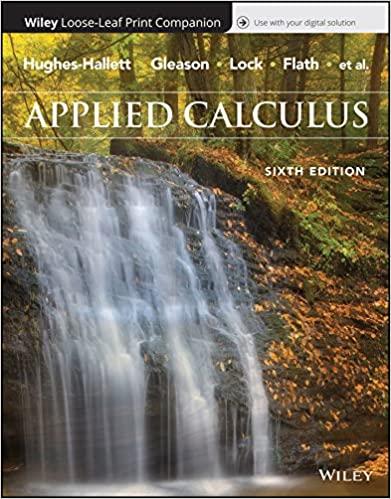If a someone is lost in the wilderness, the search and rescue team identifies the boundaries of
Question:
If a someone is lost in the wilderness, the search and rescue team identifies the boundaries of the search area and then uses probabilities to help optimize the chances of finding the person, assuming the subject is immobile. The probability, O, of the person being outside the search area after the search has begun and the person has not been found is given by

where I is the probability of the person being outside the search area at the start of the search and E is the search effort, a measure of how well the search area has been covered by the resources in the field.
(a) If there was a 20% chance that the subject was not in the search area at the start of the search, and the search effort was 80%, what is the current probability of the person being outside the search area? (Probabilities are between 0 and 1, so 20% = 0.2 and 80% = 0.8.)
(b) In practical terms, what does I = 1 mean? Is this realistic?
(c) Evaluate O¨(E). Is it positive or negative?
Step by Step Answer:

Applied Calculus
ISBN: 9781119275565
6th Edition
Authors: Deborah Hughes Hallett, Patti Frazer Lock, Andrew M. Gleason, Daniel E. Flath, Sheldon P. Gordon, David O. Lomen, David Lovelock, William G. McCallum, Brad G. Osgood, Andrew Pasquale





